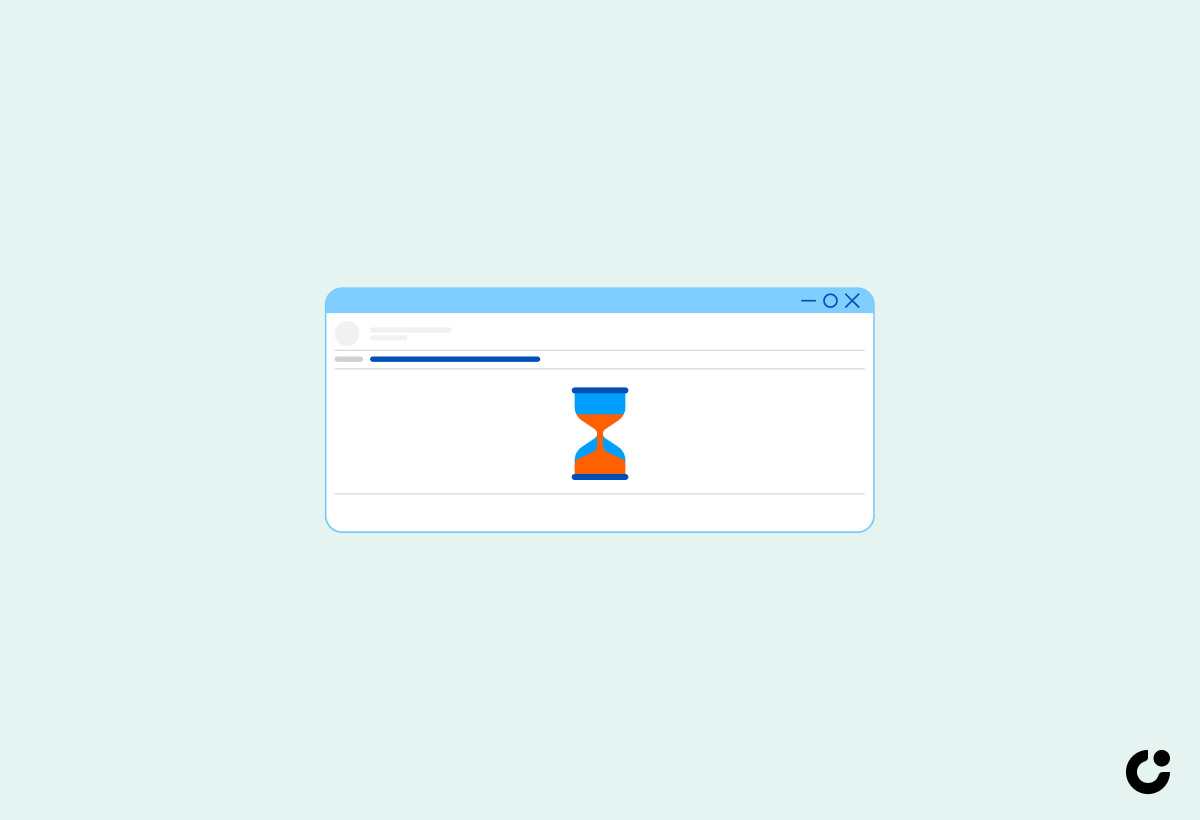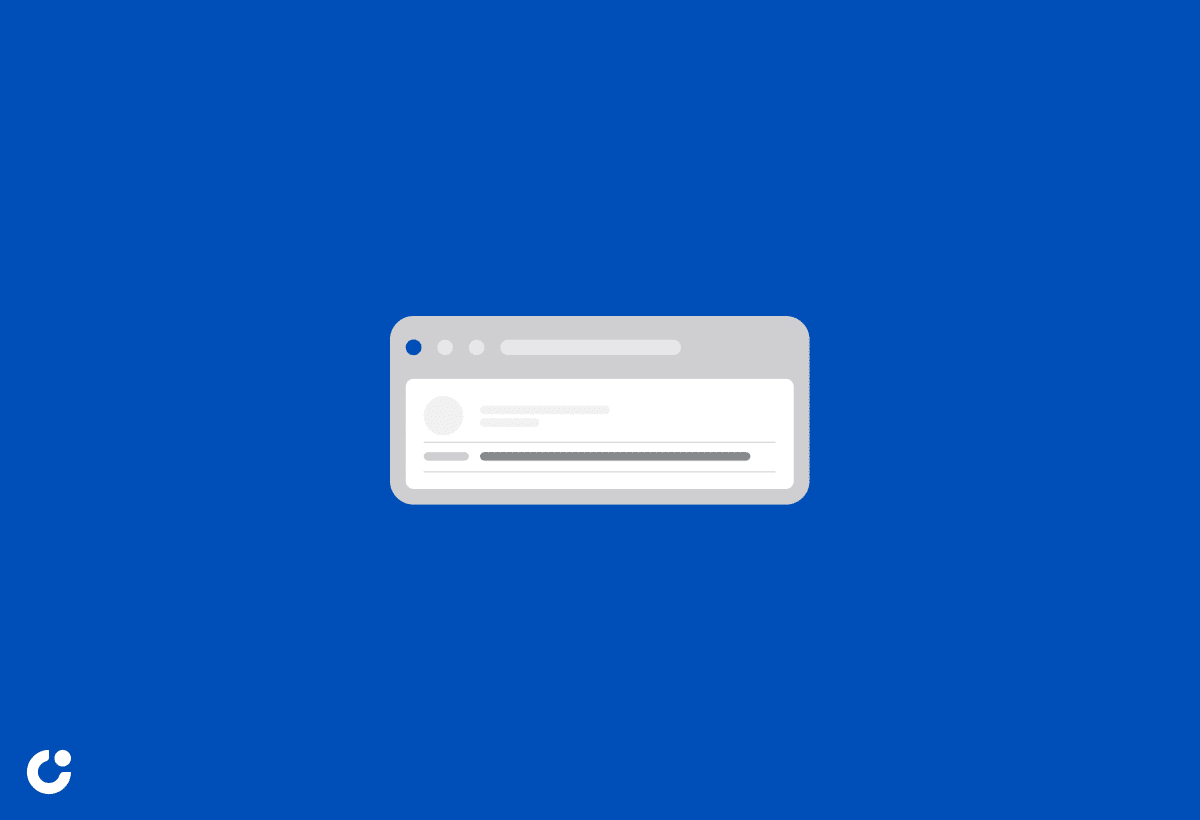Crafting a request approval email may seem like a simple task, but it holds immense importance in successful communication. In this article, we will explore the power of persuasion in email communication, the customization of WIIFM for different audiences, addressing objections and overcoming challenges, as well as optimizing timing and subject lines. We will also delve into strategic follow-up techniques and the significance of ending with gratitude to leave a lasting impression.
Join us as we navigate the strategies for crafting effective request approval emails.
Key Takeaways:
Crafting a persuasive request approval email is crucial for achieving desired results.
Overcome objections and challenges by offering solutions and emphasizing long-term benefits.
Optimize the timing and subject line of your email to increase the likelihood of receiving a positive response.
Understanding the Importance of Crafting Request Approval Emails

Understanding the importance of crafting request approval emails is crucial for effective communication within an organization.
Clear and persuasive request approval emails play a significant role in maintaining professionalism and prompt decision-making processes. These emails serve as formal documentation of the requests made, ensuring transparency and accountability.
By clearly outlining the details of the request, including purpose, deadline, and any supporting documents, the recipient can make informed decisions swiftly. An example of a successful approval email template includes a concise subject line, well-structured body content, and a polite yet assertive tone.
In scenarios where multiple stakeholders are involved, a well-crafted approval email helps streamline the process by eliminating ambiguity and potential misunderstandings, leading to efficient outcomes.
The Power of Persuasion in Email Communication

The power of persuasion in email communication lies in the ability to convey requests effectively while considering the recipient's perspective.
One technique for enhancing the persuasive elements in approval email communication is to use compelling language. Instead of simply stating the request, employ words that evoke emotion and urgency, such as 'opportunity,' 'valuable,' or 'limited time offer.' By utilizing such language, you can capture the recipient's attention and create a sense of importance around the request.
Addressing objections preemptively is another effective strategy. Anticipate potential concerns or hesitations the recipient may have and proactively offer answers or clarification within the email. For instance, if requesting additional budget allocation, include a section that acknowledges budget constraints and explains how the proposed investment will generate a significant return on investment.
Furthermore, highlighting the benefits of the request can significantly boost its persuasiveness. Clearly outline the positive outcomes or advantages that will result from approving the request. Whether it's increased efficiency, cost savings, or improved productivity, emphasizing the benefits demonstrates the value of granting approval.
Customizing WIIFM for Different Audiences

Customizing WIIFM (What’s In It For Me) for different audiences is key to crafting compelling approval requests that resonate with recipients.
Understanding the unique motivators and priorities of each audience segment enables one to structure approval requests in a way that highlights the specific benefits most relevant to them.
For instance, when addressing senior management, focusing on how an initiative aligns with overall organizational strategy and long-term goals can be highly effective.
On the other hand, when seeking approval from frontline employees, emphasizing the potential impact on their daily work routines or career development can increase buy-in.
Addressing Objections and Overcoming Challenges

Addressing objections and overcoming challenges in approval requests requires a strategic approach to highlight the benefits and mitigate concerns effectively.
When requesting approval for a new project or initiative, it's common to encounter objections regarding budget limitations, time constraints, or alignment with company goals. One successful strategy is to proactively address potential concerns before they are raised by providing thorough documentation, cost-benefit analysis, and clear objectives of the proposed action. By demonstrating a clear understanding of the potential objections and offering viable solutions in advance, you can build confidence and credibility with decision-makers.
Offering Solutions and Long-Term Benefits

Offering solutions and highlighting long-term benefits in approval requests can strengthen the case for approval, especially in scenarios like leave requests.
When focusing on the positive outcomes and future advantages of granting approvals, it becomes easier for decision-makers to see the value in the proposed actions. By clearly articulating how the approved requests can lead to increased employee satisfaction, productivity, and overall well-being, it sets a compelling argument in favor of approval. Effective communication that conveys the benefits of the requested approvals not only demonstrates forward-thinking but also builds trust and collaboration within the team.
Building Confidence and Conviction

Building confidence and conviction in approval requests involves personalizing the communication and addressing the recipient by name to establish a connection.
By acknowledging the individual by their name, it not only adds a touch of warmth to the interaction but also shows a level of respect and consideration. Customizing the message ensures that the recipient feels valued and understood, fostering a sense of trust and reliability in the correspondence.
Tailoring the content to the recipient's preferences and needs can significantly enhance the chances of a successful outcome, as it demonstrates a genuine interest in their requirements.
Creating a personalized experience through careful attention to details sets the tone for a positive response, signaling sincerity and professionalism in the approval process.
Optimizing Timing and Subject Lines

Optimizing timing and crafting compelling subject lines are crucial elements of successful approval email communication.
In terms of timing, choosing the right moment to send an approval email can greatly impact its reception. Timing during peak productivity hours or right after lunch breaks can enhance the chances of getting quick responses. Personalizing the timing based on the recipient's time zone can make the communication feel more tailored and considerate.
As for subject lines, they serve as the gateway to your email content. An attention-grabbing subject line can compel recipients to open the email promptly. It's essential to keep them concise, relevant, and engaging. Employing action-oriented verbs, creating a sense of urgency, or posing a question can entice the recipient to click through.
Considering Recipient's Receptiveness and Deadlines

Considering the recipient's receptiveness and setting clear deadlines in approval requests can enhance the responsiveness and decision-making process.
When sending approval requests, it is vital to tailor the communication to the recipient's preferences and timelines. Understanding when they are most likely to review and respond to emails can significantly increase the chances of prompt feedback. By structuring your messages and deadlines in a way that aligns with their schedule, you show respect for their time and priorities.
For instance, if a recipient is known to be more active in the mornings, sending the request at that time may increase the likelihood of a quicker response. Explicitly stating deadlines with a clear timeframe and consequences for delays can help in prioritizing and expediting the decision-making process.
Creating Compelling Subject Lines

Creating compelling subject lines that capture attention and convey the essence of the approval request is essential for driving engagement.
One of the key strategies for crafting impactful subject lines in approval emails is to ensure clarity. A clear subject line informs recipients of the content and purpose of the email, encouraging them to open it promptly. To enhance relevance, consider personalizing subject lines with the recipient's name or specific details related to the approval request. Injecting a sense of intrigue can also pique curiosity and stimulate action. Examples of effective structures include posing questions, using numbers or statistics, or creating a sense of urgency.
Strategic Follow-Up and Positive Closure

Strategic follow-up and concluding approval emails with positive closure gestures can reinforce professionalism and encourage responsive actions.
Effective follow-up strategies play a crucial role in ensuring that approval processes move forward smoothly and timely. By sending polite and persistent reminders, you demonstrate dedication and keep the momentum going, which is essential in fast-paced business environments. Creating a sense of urgency through these reminders can also prompt recipients to act promptly, resulting in quicker approvals. Incorporating positive closure gestures, such as expressing gratitude for their time and cooperation, not only showcases your professionalism but also leaves a lasting positive impression. It sets the tone for future interactions and fosters a harmonious working relationship.
Politeness and Persistence in Follow-Ups

Maintaining politeness and persistence in follow-up emails for approval requests is key to nurturing professional relationships and ensuring responsiveness.
Politeness in communication reflects a high level of professionalism and respect towards the recipient, fostering a positive impression and goodwill. A gentle reminder after a reasonable time frame can serve as a proactive approach without appearing pushy. For instance, starting the email with a courteous greeting and expressing appreciation for the recipient's time can set a friendly tone. Keeping the message concise, clear, and focused on the request can aid in making it easier for the recipient to respond promptly.
Ending with Gratitude and a Lasting Impression

Ending approval emails with expressions of gratitude and creating a lasting impression can leave a positive impact on recipients and enhance future interactions.
By incorporating phrases like 'Thank you for your cooperation,' 'Your efforts are truly appreciated,' or 'We are grateful for your support,' you not only acknowledge the recipient's contribution but also strengthen the relationship. This personal touch in closing statements can foster goodwill and rapport, making the recipient feel valued and respected. Remember, a simple 'Thank you' can go a long way in building lasting connections and leaving a memorable imprint that resonates with professionalism and appreciation.
Frequently Asked Questions
What is the importance of crafting a well-written request approval email?
A well-written request approval email can help you effectively communicate your needs and persuade the recipient to approve your request. It can also save time and prevent misunderstandings or delays in the approval process.
How should I structure my request approval email?
Start your email with a clear and concise subject line that summarizes your request. Use a polite and professional tone, and clearly state the purpose of your email in the opening paragraph. Include all necessary details and supporting information in the body of your email.
What are some effective strategies for crafting a request approval email?
Some effective strategies for crafting a request approval email include clearly outlining the benefits of your request, addressing any potential concerns or objections, and providing a clear call to action. It can also be helpful to personalize your email and provide supporting evidence or data.
How can I make my request stand out in the email?
To make your request stand out in the email, use bullet points or numbered lists to highlight important information. Use bold or italicized font to emphasize key points or benefits. Additionally, consider using a visually appealing format or including relevant images or graphs.
What should I avoid when crafting a request approval email?
Avoid using a demanding or entitled tone, as this can come across as rude or unprofessional. You should also avoid including unnecessary or irrelevant information, as this can make your email longer and harder to read. Proofread your email carefully to ensure there are no spelling or grammar errors.
Is it appropriate to follow up on my request approval email?
If you do not receive a response to your request approval email within a reasonable amount of time, it can be appropriate to send a polite follow-up email. However, be mindful not to send too many follow-ups or come across as pushy. Give the recipient some time to respond before sending a follow-up email.

